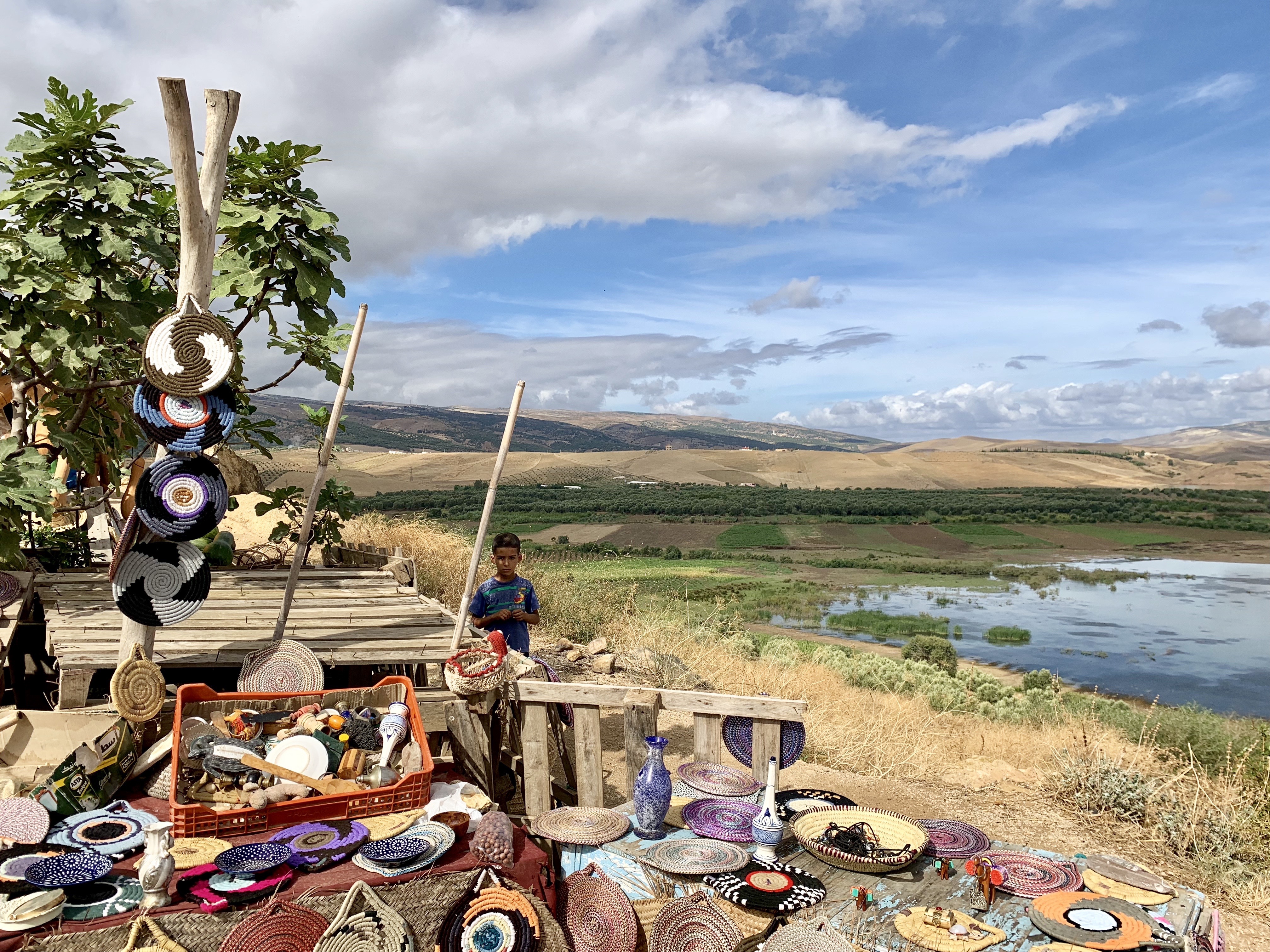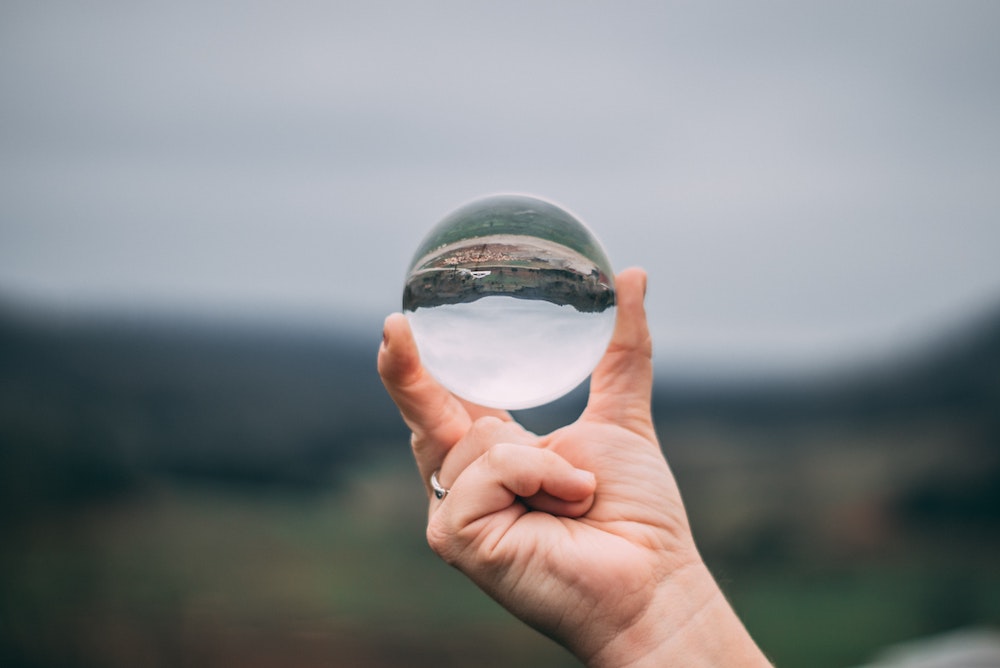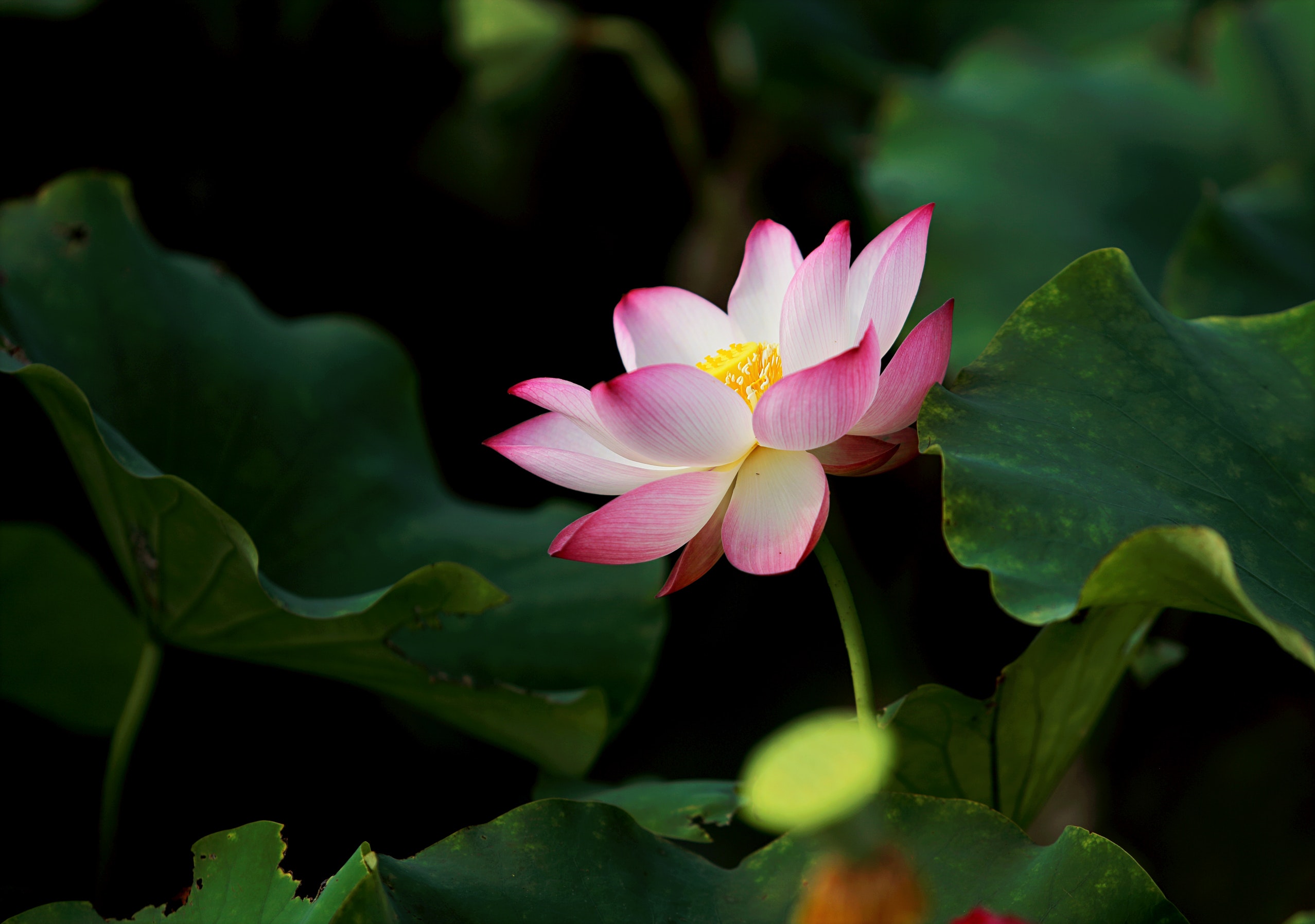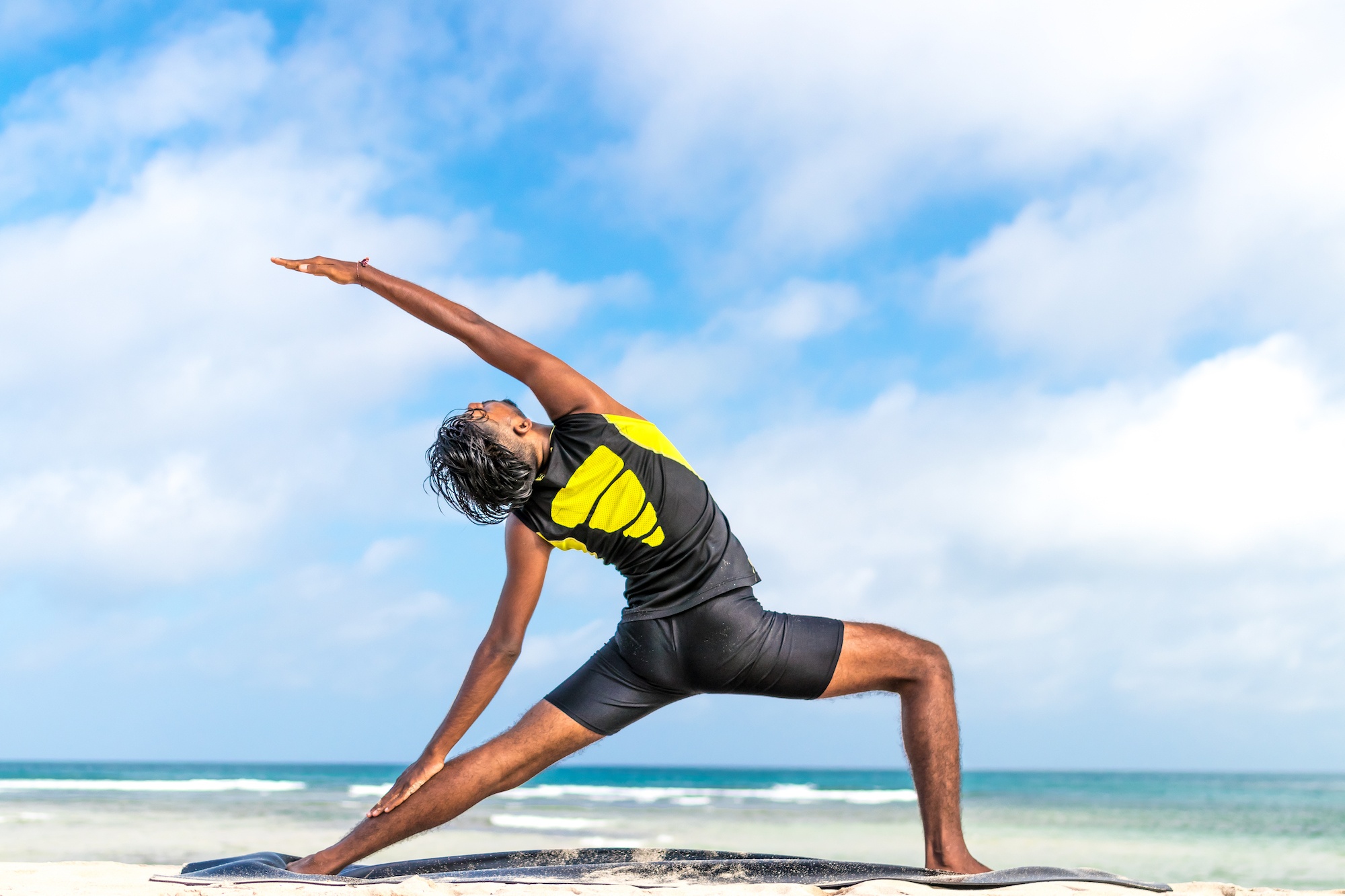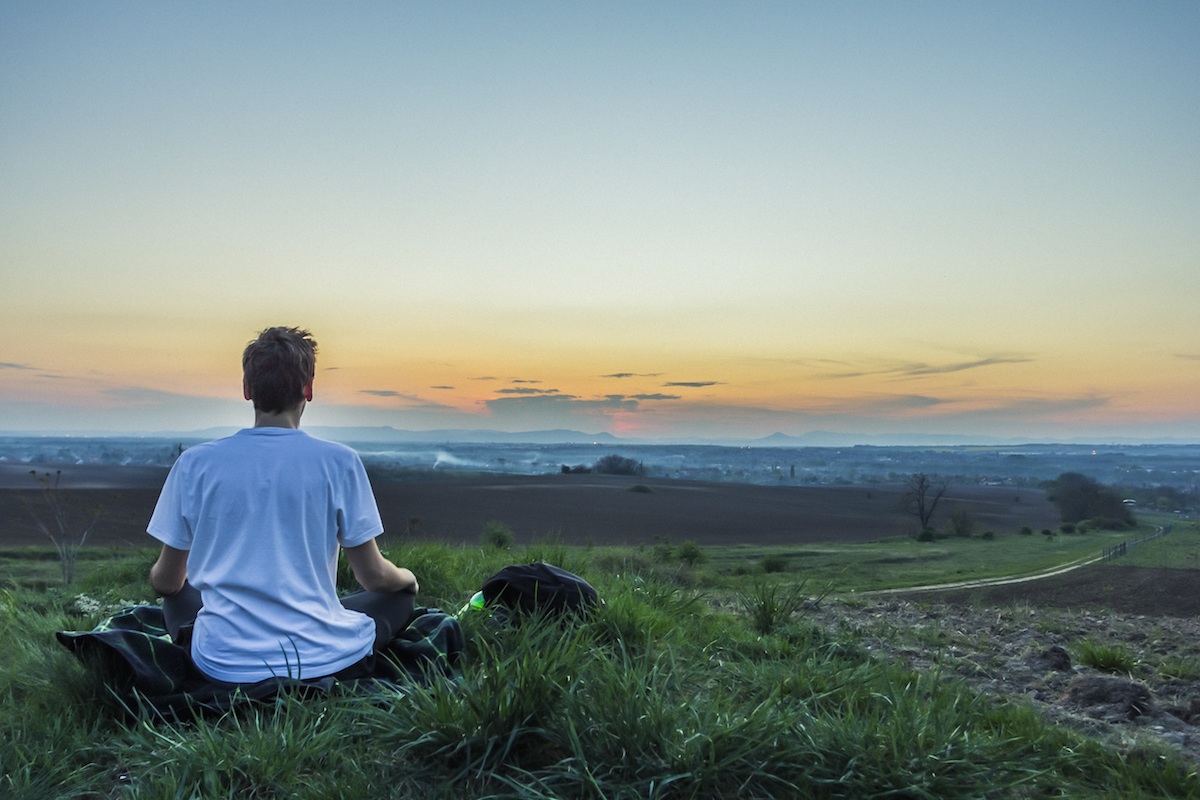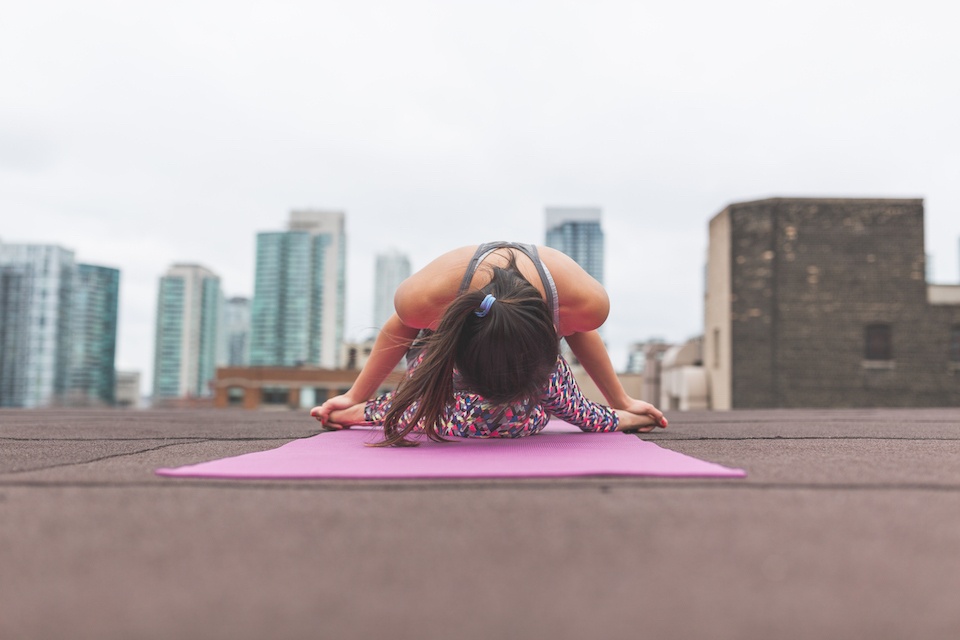There’s no question that the times we’re living in are harder than we’d like them to be. The collective energy feels tense, uncertain, and uncomfortable. Everywhere we turn, we see evidence of our world in a massive state of flux. Under these circumstances, the future often feels like a big question mark. It’s easy, in the face of such instability, to feel shaken or overwhelmed. And that’s exactly why it’s so essential to find a source of stability that doesn’t depend on external circumstances aligning just right. But how do we do that? Where do we turn? The first place is inward. Because when life isn’t offering us the stability we crave, it’s time to create our own.
The thought of having to generate stability from within might seem daunting, especially in such exhausting times. But the practice of it doesn’t have to be. In fact, developing a deep inner anchoring process is a series of several small and manageable steps. There are three key ways we can find internal stability and anchor ourselves: through our bodies, our minds, and our lives. Each of these provides a powerful foundation we can lean on, no matter how unpredictable, chaotic, or destructive things may get around us.
Anchor Through the Body
The first step in navigating times of instability is learning to regulate our nervous systems and connect with sensation. Grounding ourselves in our physical bodies helps us stay anchored in the present moment. When we’re centered, we become like bamboo bending in the wind—resilient in the face of life’s turbulence. Practices that encourage us to return to our bodies help us shift out of self-protective states like fight/flight/freeze—responses that kick in when we feel threatened or overwhelmed. As we soothe our nervous system through bodily practices, fear and anxiety naturally begin to subside. We become more responsive and less reactive to the world, seeing and processing things more clearly, and approaching life with curiosity, flexibility, and calm.
Anchor Through the Mind
Once we’ve cultivated a sense of stability in our bodies, we can turn our attention to our minds. Our thoughts play a significant role in either grounding us or throwing us into even more unmanageability. Challenging unhelpful thinking patterns, practicing problem-solving, and exploring new perspectives are all ways we can create mental anchors. When the world feels uncertain, engaging intentionally with our thoughts and beliefs can make all the difference. By doing this, we gain the power to shift our mindset and find stability within, no matter what’s going on around us.
Anchor Through Our Lives
The final frontier of internal anchoring is found in how we live our daily lives. When the world feels chaotic, it can be incredibly stabilizing to focus on what’s directly within our control. This might mean cultivating meaningful relationships, getting involved in our communities, or making choices that align with our deepest values. In uncertain times, being purposeful and intentional about how we show up in our own lives offers an anchor of its own. Working on this level helps us stay grounded through the instability we experience in the larger world, offering us direction and peace in the process.
The Power of Internal Anchors
Whether we’re anchoring through our bodies, minds, or lives, we stand to gain immense stability by turning inward instead of relying on outside circumstances. In times of upheaval, this is not only the best thing we can do; it’s the only thing we can do to find a real sense of sturdiness. By cultivating our internal anchors, we give ourselves the foundation we need to weather the storms that come our way.



